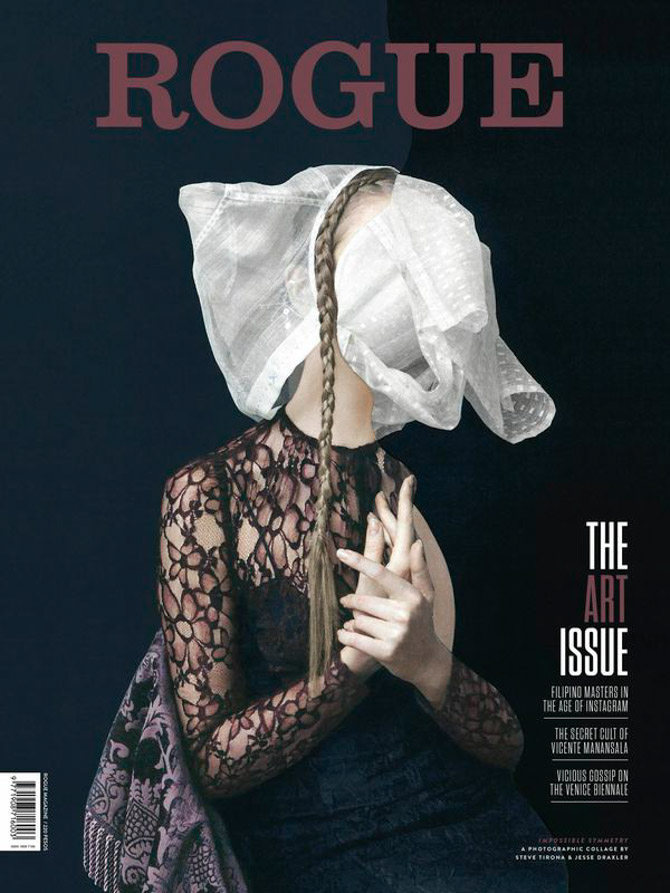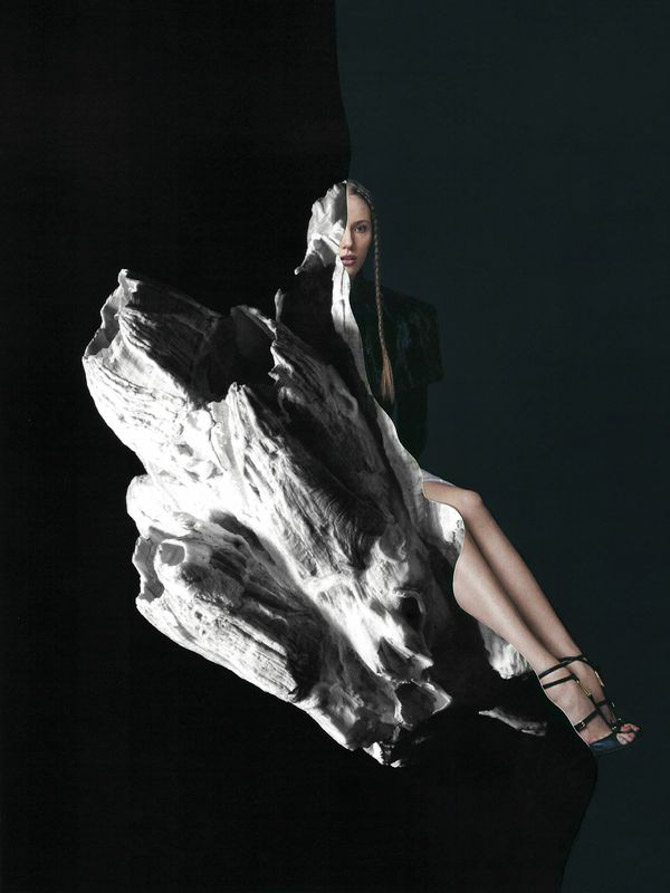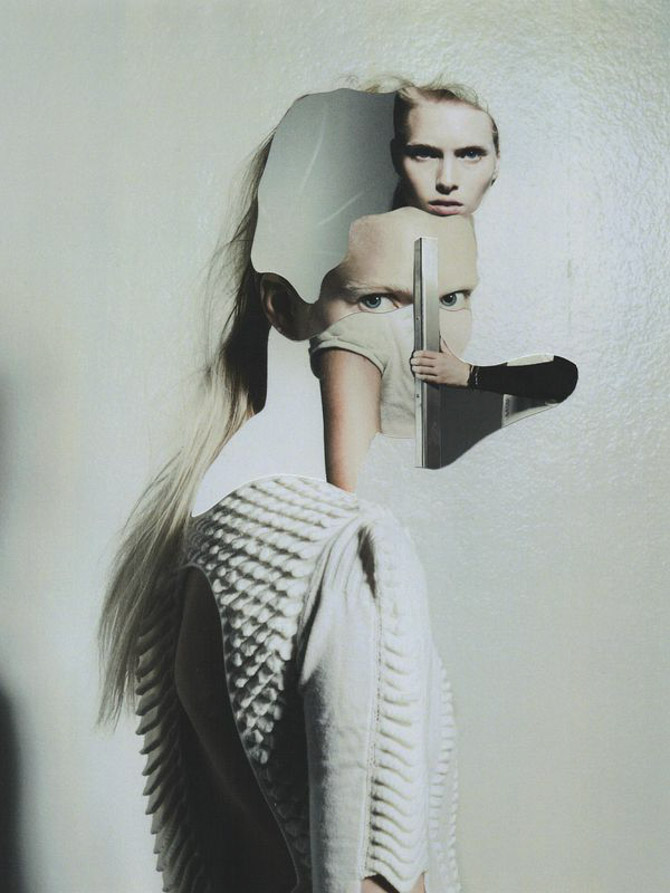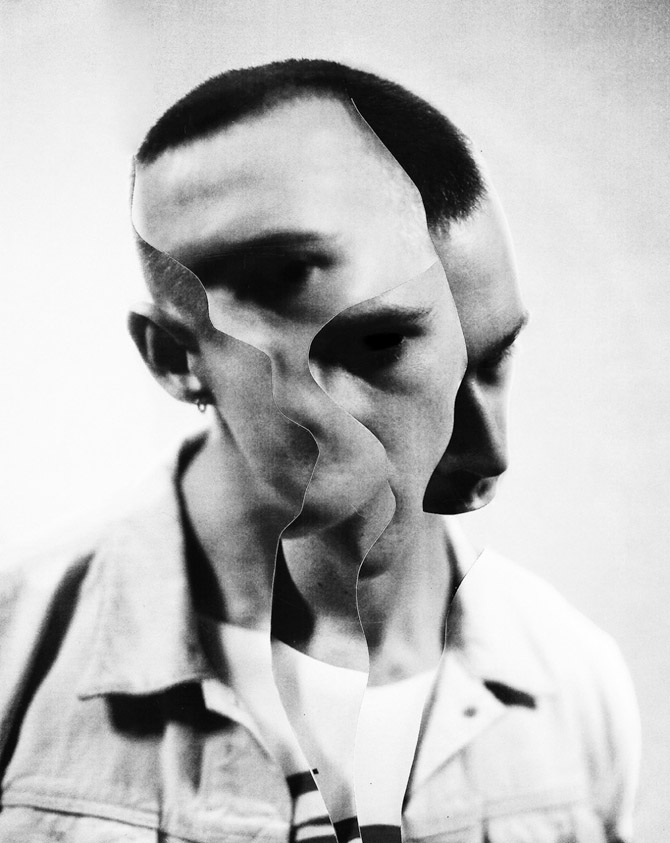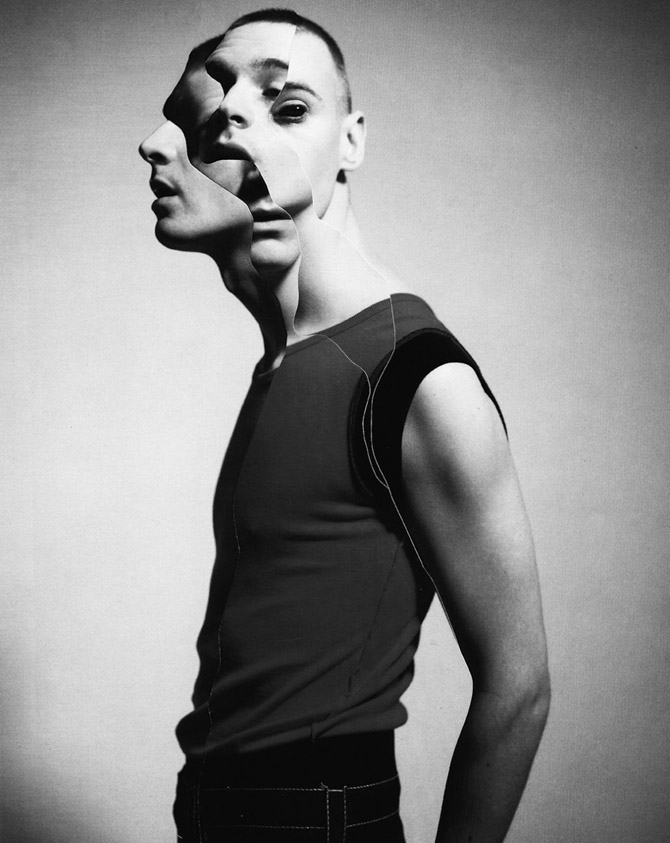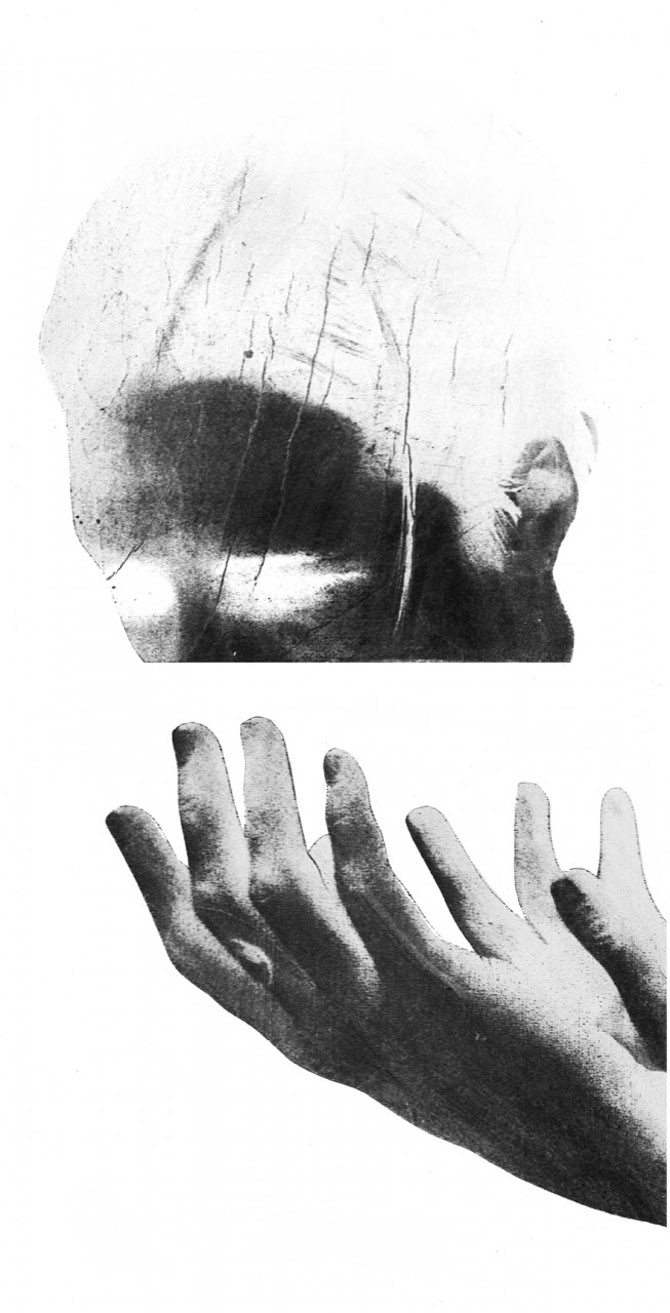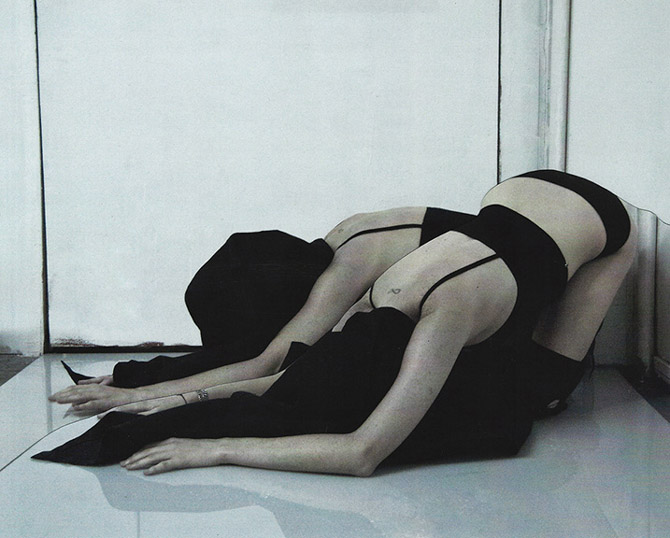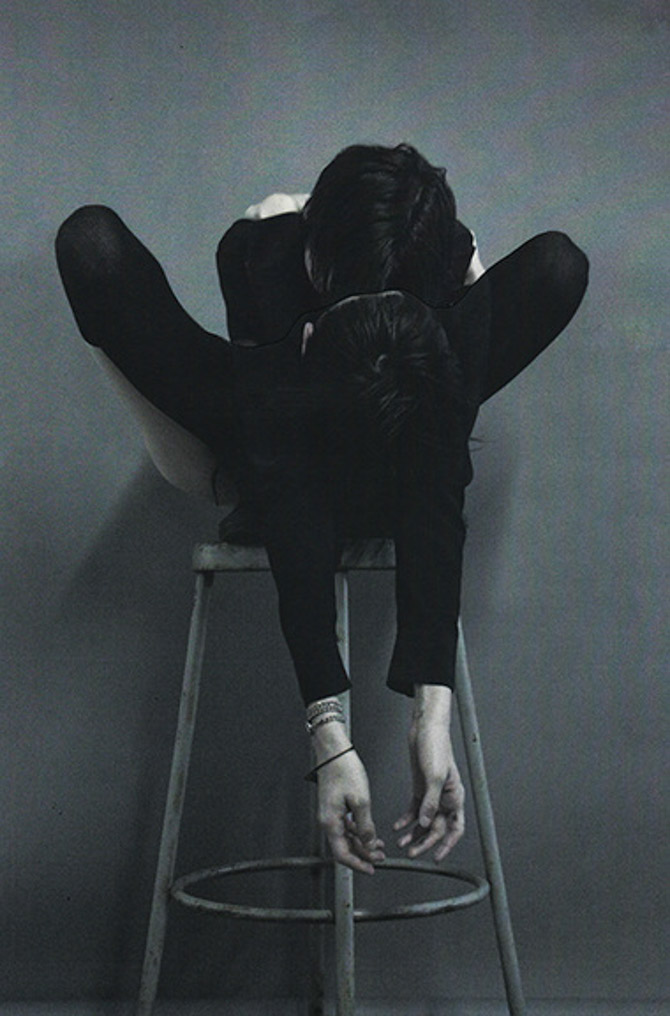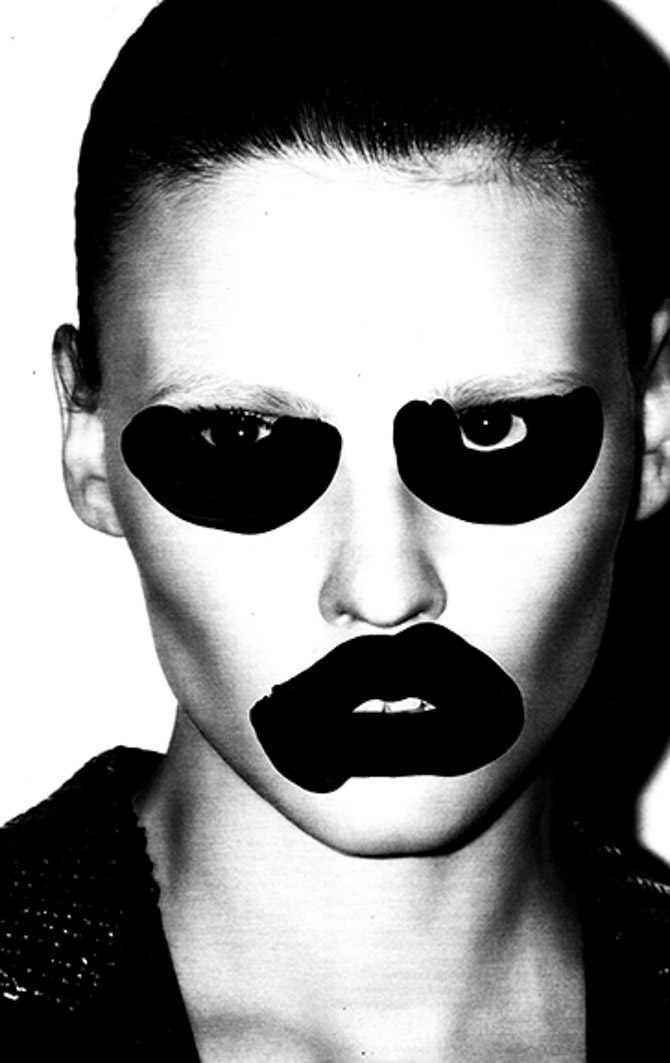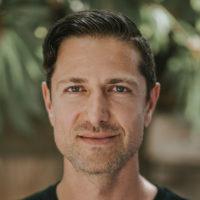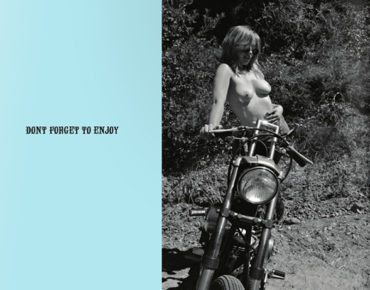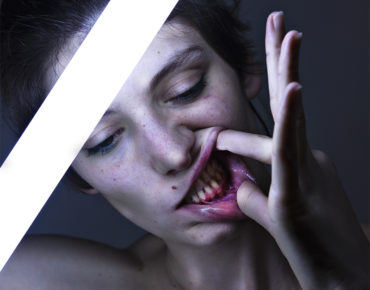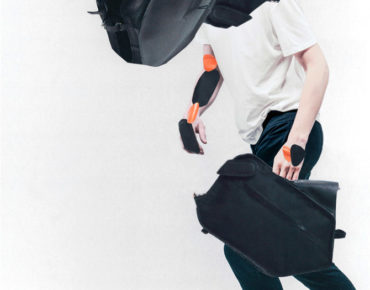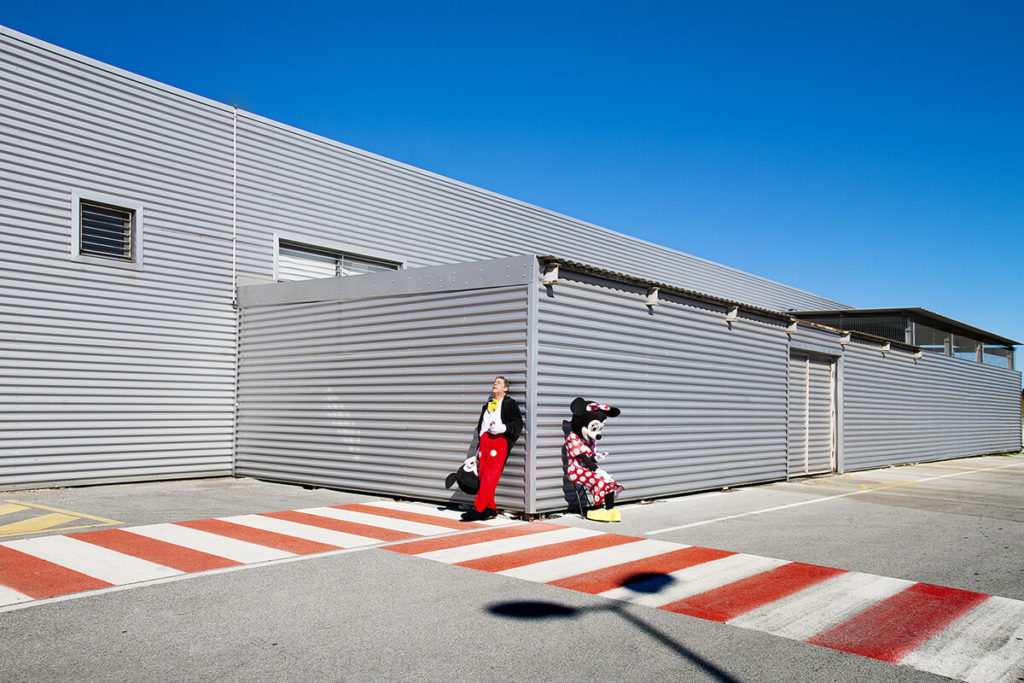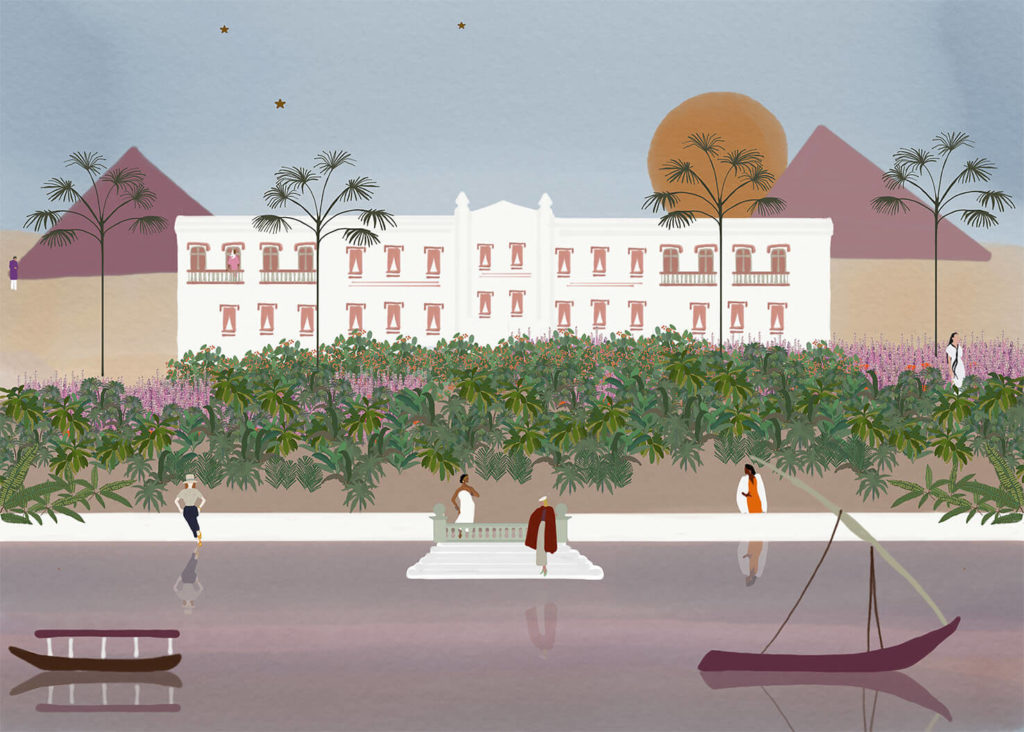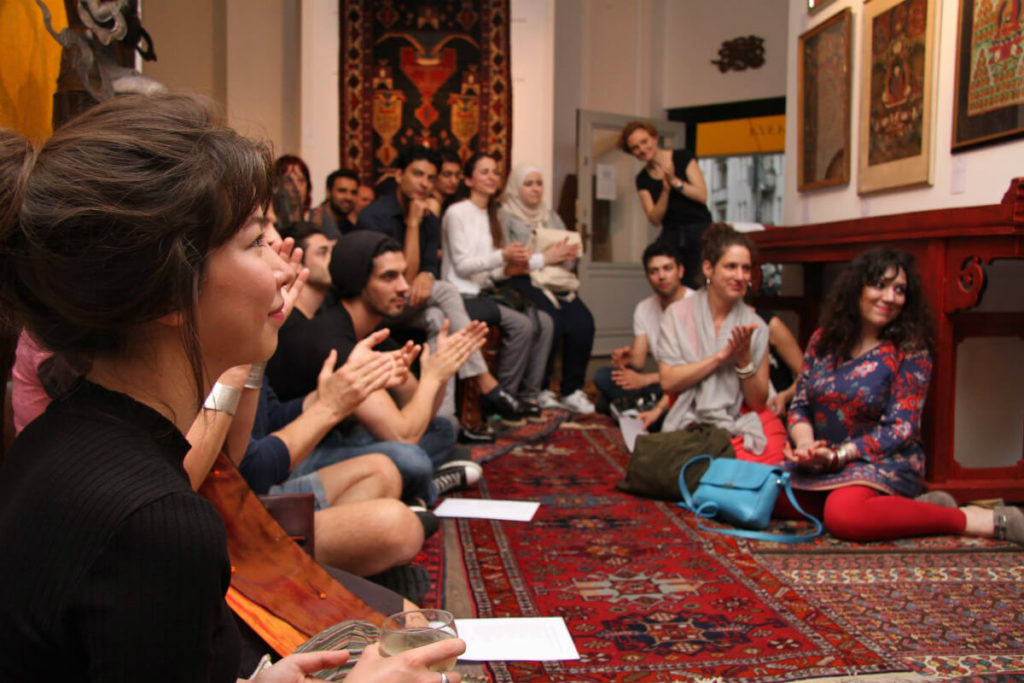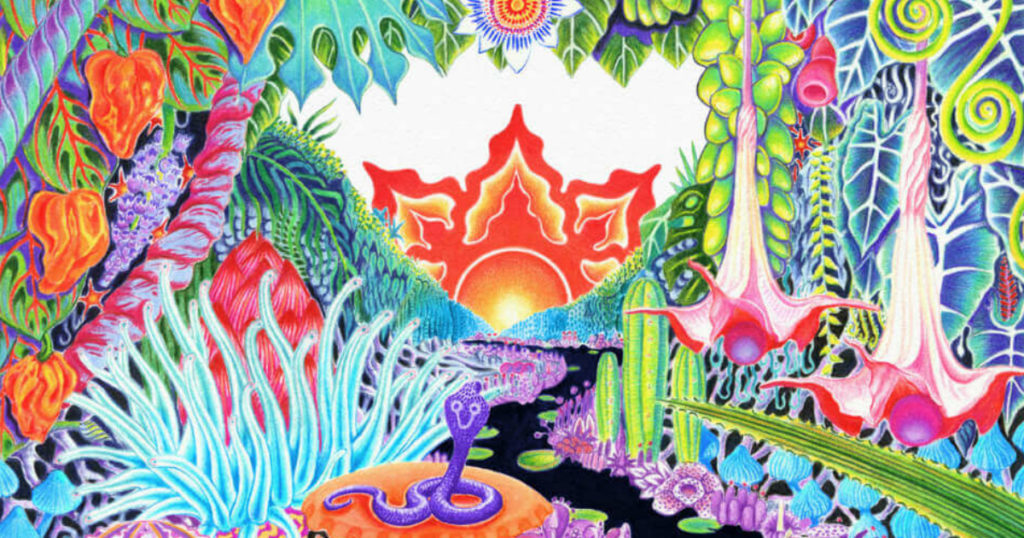
I didn’t know much about Jesse Draxler. Man or women, artist or photographer, model or actor, designer or sculpture? I searched through Jesse’s site and social, and still nothing. Even his Instagram is only about his work, and his twitter profile is a black square.
His presence is felt through his imagery. It’s powerful and full of attitude. It’s mysterious but poignant and charges itself through cuts, scratches, rips, and brush strokes. Black and white are the main palette of choice for Jesse, which help in driving home the bold, deep compositions.
Richie Davis, the Creative Director at 7 Artist Management, sent me Jesse’s work a while back and I hadn’t been able to forget it, so I reached out to Richie for an introduction and the chase finally ended with the opportunity to speak to Jesse.
_
WT: Your work seems very on point with what is happening in high fashion at the moment with the black and white palette and the raw, powerful aesthetic. Do you think your work has been influenced by fashion in particular, or do you draw inspiration from other avenues?
Jesse Draxler: I find it hard to name where visual influence comes from anymore. In our network culture everything is influencing and is influenced by everything else. That being said I wouldn’t say fashion influences my work any more than a picture of a rock or the stale, numb feelings on a mentally rough day. To be honest, I don’t know a thing about fashion I just like the human canvases.
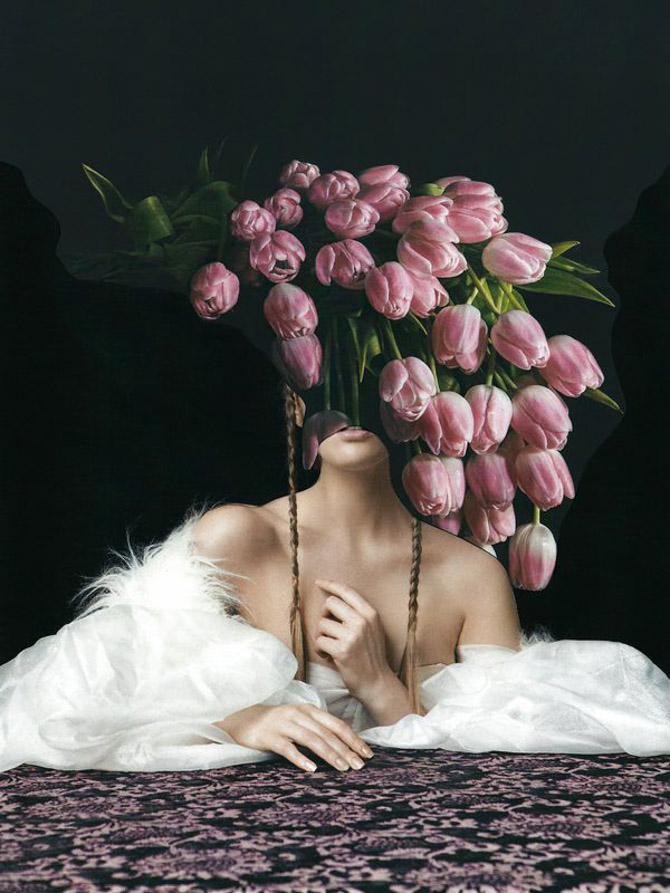
“There is something about defacing an image that is not mine that I dig, much like graffiti I suppose. Image denial, rebellion, a subtle violence or aggression is inherent in that process.”
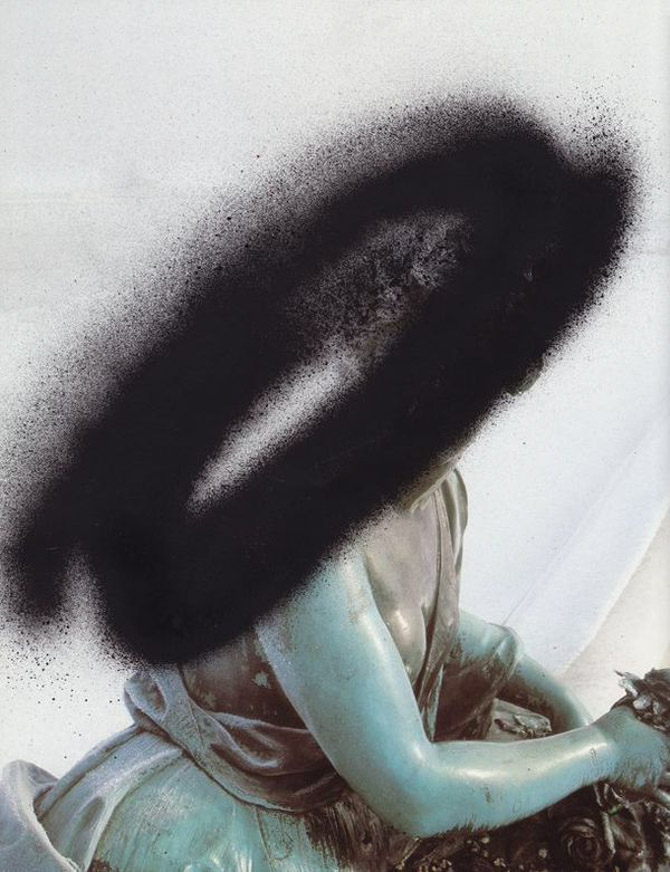
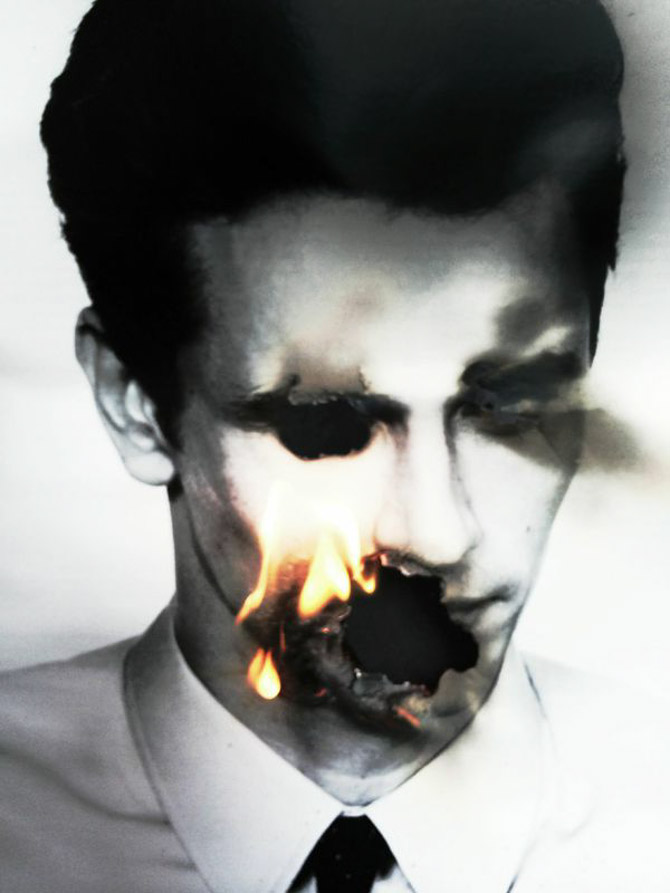
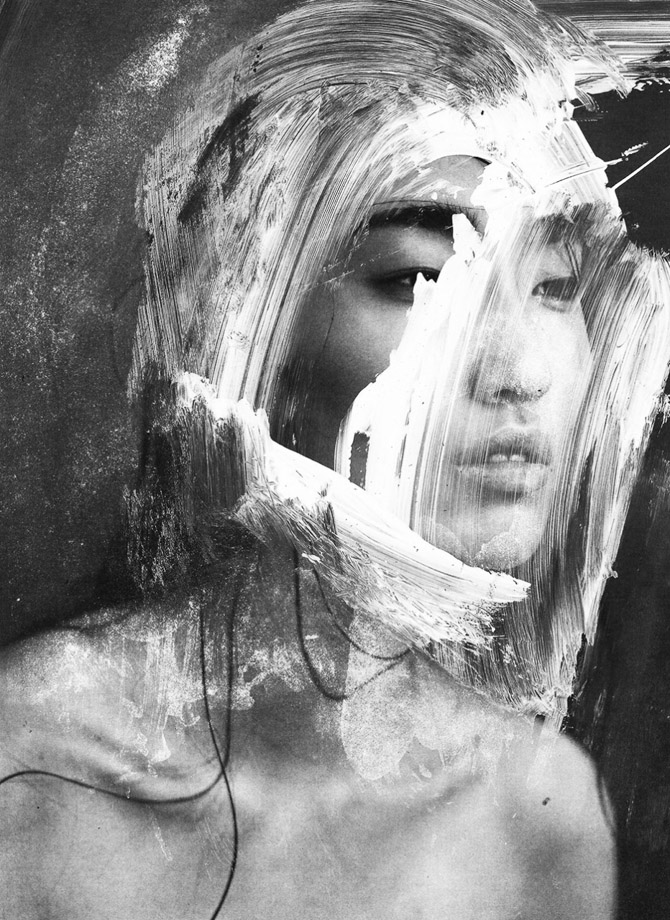
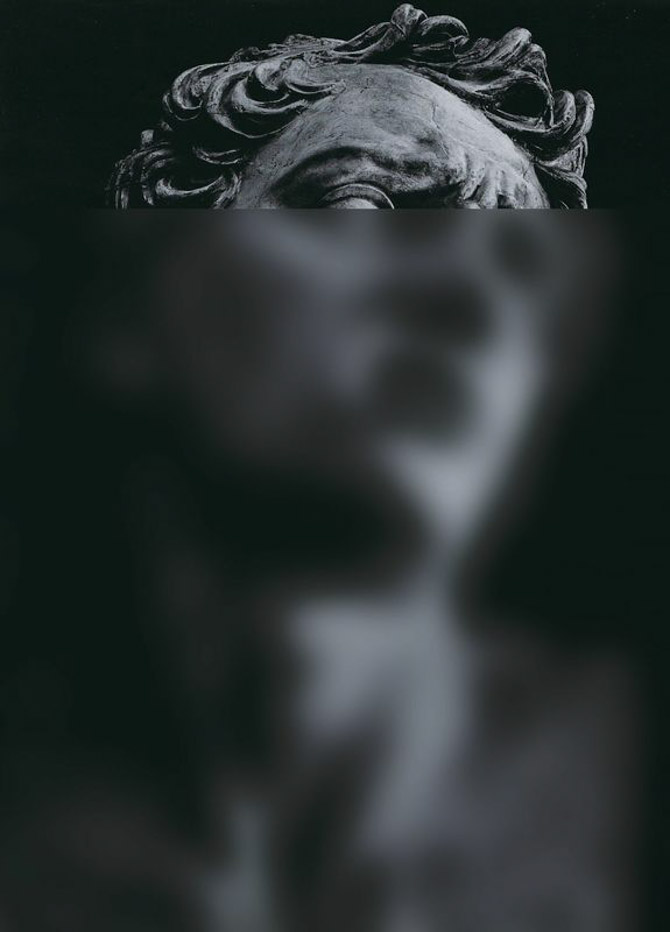
“Transforming an image from something I may not really care for into something that speaks for me is gratifying, like creation through destruction. Mine now.”
WT: Where would you most like to see your work featured? Is there a gallery that you are dying to be shown in?
Jesse Draxler: No gallery in particular, I would just like my work to be shown in places where it will most be seen. Whether that be a gallery, online, or in a magazine.
WT: How much of what you use is “found” and what is original or created by you (photographed, illustrated, painted etc)?
Jesse Draxler: I work closely with a photographer here in LA named J Whitaker (@ffffilth on instagram). For a lot of my work I am using photographs from shoots which we concept together, I art direct, and she photographs. In general most of the imagery I use is not technically “found” rather is concepted in part by me, or given to me. I do love working with found imagery though – I still go to news stands and buy magazines to rip apart and paint. There is something about defacing an image that is not mine that I dig, much like graffiti I suppose. Image denial, rebellion, a subtle violence or aggression is inherent in that process. Transforming an image from something I may not really care for into something that speaks for me is gratifying, like creation through destruction. Mine now.
WT: I am curious about your processes, it seems that a lot of what you do is done off the computer, but I see elements that seem like they could have been done on screen, is there a flow that you find yourself following with most of your work?
Jesse Draxler: No set structure, just whatever I feel like working with at the time. Some days I want to feel clean so I’ll work digitally and some days I want to be filthy so I get down with some paint. Client work is different, obviously if I have a deadline that dictates what method I am working in for a while. Overall I try to balance each of the mediums and ultimately they end up feeding into one another so a lot of my current work is the result of all processes in some way.
WT: Thanks for your time, Jesse!
Witness Jesse Draxler’s selected works.
